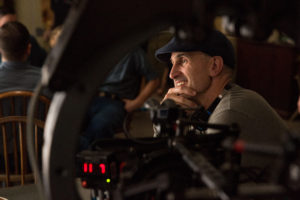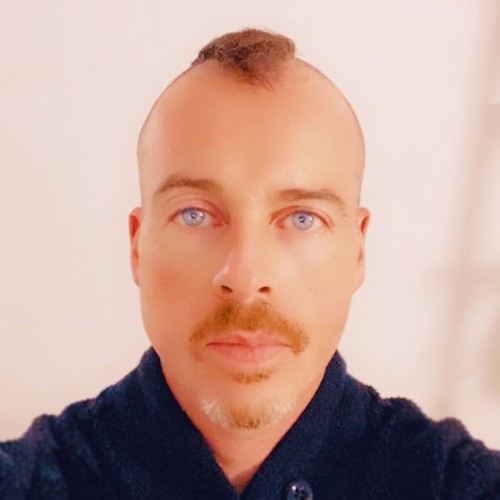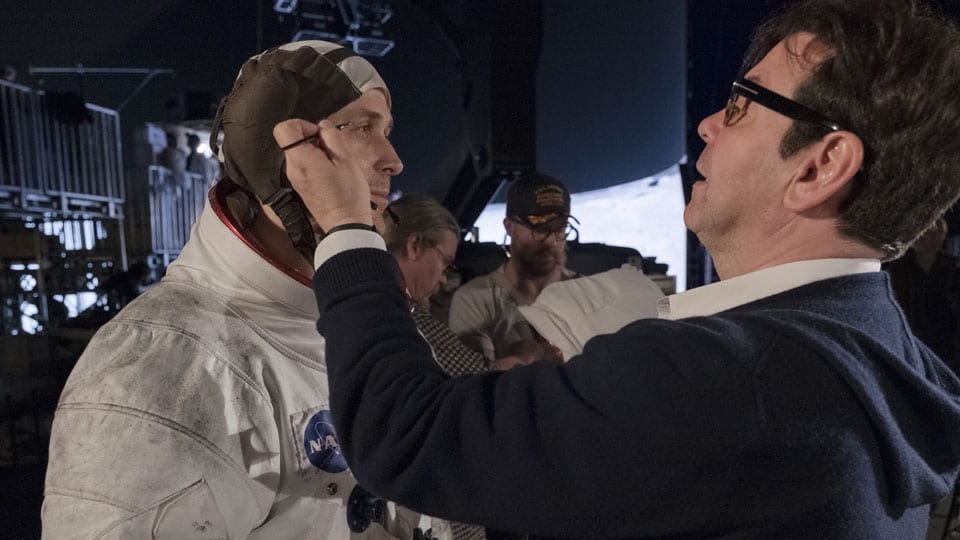
Inspired by the life of notorious figure skater Tonya Harding, I, Tonya comes at the viewer with a combination of scripted interviews, dramatized archival footage, and flashbacks, all performed by a respectable team of ideally-cast performers. Nonetheless, director Craig Gillespie noted that the haphazard approach to the narrative came directly from screenwriter Steven Rogers’ script. “Unreliable narrators,” Gillespie characterized the on-camera tellers of Harding’s tale, primarily including Harding herself, portrayed by Margot Robbie, Harding’s domineering mother, played by Allison Janney, and Sebastian Stan, as Jeff Gillooly, Harding’s abusive boyfriend-husband.
Gillespie explained how Rogers’ screenplay was structured with the various interviews interspersed throughout story material. “Contradict, interrupt, and then 15 minutes of screenplay,” he said, relating that he hoped for the audience to decide whose story they believe. “It’s almost a documentary in that way—even in the performance, how much are you lying in this moment? You can see the lie underneath.”
To give himself options and flexibility in the editing room, Gillespie carefully worked with his actors to determine each of his or her points-of-view in relating a specific moment of the story. “We were so well-prepped going into this,” he said. “It is quite complicated. All of this feels so random and chaotic. It all has to be mapped out, whether it’s an interview or a scene.”
 Since his actors’ interview segments were all isolated and shot at different times throughout principal photography, Gillespie knew that the interview portions would become revelatory in the final version of the film. “As much as we could, we delayed filming the interviews, so that they would really know their character by that point,” Gillespie revealed. “I loved the opportunity of playing with those film devices.”
Since his actors’ interview segments were all isolated and shot at different times throughout principal photography, Gillespie knew that the interview portions would become revelatory in the final version of the film. “As much as we could, we delayed filming the interviews, so that they would really know their character by that point,” Gillespie revealed. “I loved the opportunity of playing with those film devices.”
Another aspect of I, Tonya’s complexity in its storytelling approach was the actors’ periodic breaking of the fourth wall—talking in a confessional piece directly to camera. “That wasn’t in the script,” said Gillespie. “As I was trying to figure out how to deal with the violence—her mother hitting her, fighting with Jeff—that was so impactful in terms of her own sensibility and perception of it. ‘Turn to us like it’s no big deal’ in terms of how disassociated she was from it. I shot it both ways: voice-over and saying it to camera.”
To deal with the talking heads in the original script, Gillespie sought period songs to add to the soundtrack and designed elaborate camera moves in and out of scenes. However, he still had a mountain of interviews created by his actors to incorporate into the film. “I had a choice of how much or how little of the interviews I would use,” Gillespie remarked. “I could have not used them at all. We needed it to ground them—I wanted to introduce it early and determine where to use it to balance the film. Halfway through the movie in the bar, Stan speaks to the camera about the incident (the attack on Nancy Kerrigan). At that point, it becomes his point-of-view.”
To differentiate the variety of material in the story, Gillespie chose two cameras for principal photography. “All of the historical film was shot on 35mm film, 2-perf to put you in that time frame,” he explained. “The way we wanted to shoot it was an aggressive style, with energy to the camera. In a lot of the scenes, there’s no marks. I like when you get those moments when you lose focus even for a half-a-second; it reminds you of the spontaneity. The interviews were in the 4:3 on the Alexa 65. If I wanted a couple of sizes, you can blow it up.”
To realistically portray the intensity of high-level figure skating, Margot Robbie trained for five months in preparation for the film. “She could do an amazing amount of the dance moves,” Gillespie detailed. “That whole first section is all Margot. For the big jumps and speed skating, we have 60 head replacements of Robbie’s head onto a professional skater’s body. We are right on that edge where the heads are hard—capturing her in CG and replicating her head. This is literally me bringing a commercial house—Eight Effects—with me. I’ve done a hundred commercials for 20 years now.”
For the stadium scenes, Eight Effects also created 120 crowd replacements in I, Tonya. “They love the opportunity,” Gillespie described. “We only had about 300 extras in a stadium. We ended up doubling the amount of effects shots. With a computer program called Massive, you can program in all of the background standing and clapping.”
With only 31 days to shoot 256 scenes, Gillespie had to rely on a quickly moving crew. “We storyboarded the whole movie so every department knew what was coming,” the director said. “A lot of them come from the commercial world. You can work at a very fast pace. Nicolas Karakatsanis, the cinematographer has lit it in a way that embraced the style of the film: 360-degree lighting. Production design ran with it, and there were 108 wardrobe changes just for Margo. The makeup and hair department had 20 minutes to change Margot’s wigs between scenes, making it work.”
 Of leading lady Robbie, the director stated that his star ultimately had to carry I, Tonya. “Margot had the pressure of having to get the performance,” said Gillespie, noting that he usually got her scenes in about five takes. “It was about bracketing performances—everybody was so dialed in. Margot prepped this movie for six months with dialogue coaches and movement coaches. She could jump right in and do two-and-a-half pages of dialogue. Somebody in that control of their craft offered us an embarrassment of choices in the edit.”
Of leading lady Robbie, the director stated that his star ultimately had to carry I, Tonya. “Margot had the pressure of having to get the performance,” said Gillespie, noting that he usually got her scenes in about five takes. “It was about bracketing performances—everybody was so dialed in. Margot prepped this movie for six months with dialogue coaches and movement coaches. She could jump right in and do two-and-a-half pages of dialogue. Somebody in that control of their craft offered us an embarrassment of choices in the edit.”
Although Gillespie professed love for all of his feature film projects, for various reasons, he announced that I, Tonya has a special place in his career. “This one is very close to my sensibility,” he said. “I love being in this world: the drama, tragedy, and humor all interwoven together. I love being in this space.”






